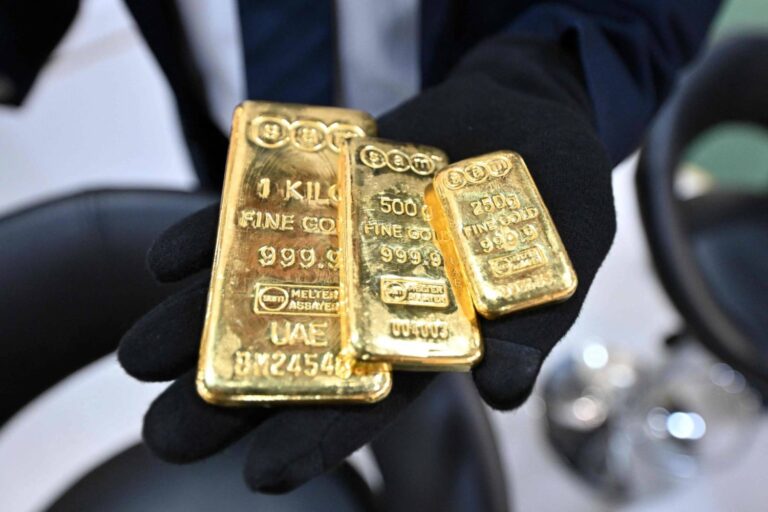Gold rangebound (XAU/USD) is trading within the $2,320-$2,330 range, just below the 50-day Simple Moving Average (SMA). This movement is due to “short-covering” by futures traders and “bargain hunting” by long-term investors, as reported by Kitco’s Jim Wyckoff. This phase might be an accumulation period, with investors preparing for another gold rally supported by various global factors.
Geopolitical Factors Influencing Gold
Unresolved conflicts in the Middle East and Ukraine, political shifts in Europe, the rise of Trump, and the expansion of the BRICS trading confederation highlight growing global tensions. These issues threaten the smooth functioning of global free trade. As a safe-haven asset, gold becomes crucial, offering an alternative to the US Dollar’s dominance.
Federal Reserve’s Impact on Gold
Gold rangebound as the US Federal Reserve (Fed) hesitates to cut interest rates. Holding gold has a higher opportunity cost without interest rate cuts. When the Fed eventually reduces rates, it will likely boost gold prices.
The US Personal Consumption Expenditures (PCE) Price Index showed a 2.6% year-over-year increase in May, aligning with expectations. However, Fed officials remain cautious about cutting rates. Richmond Fed President Thomas Barkin mentioned “lags” in monetary policy effects, while San Francisco Fed President Mary Daly noted the uncertainty about when it would be suitable to reduce rates.
Anticipating Fed Decisions
Traders await more comments from Fed Chairman Jerome Powell and US jobs data, which could influence gold prices. Despite US ISM Manufacturing Purchasing Managers Index (PMI) data falling short, gold continued to rally. Increased US Treasury yields, linked to a potential Trump election win, did not negatively impact gold, highlighting its safe-haven appeal.
The CME FedWatch tool indicates a 65% probability of a Fed rate cut by September, up from 63%. This optimism supports gold’s stability.
Technical Analysis of Gold
Gold trades below the 50-day SMA. Last week, XAU/USD broke above a trendline from a now-invalidated Head and Shoulders (H&S) pattern. If gold breaks above $2,340, it might climb to $2,369 (June 21 high) and then to $2,388 (June 7 high). A drop below $2,279 could trigger a reversal, aiming for $2,171.
In the short and medium term, gold’s trend is sideways, but the long-term trend remains upward. For more updates, visit our Daily Gold Signal. Explore more on daily gold updates here.




